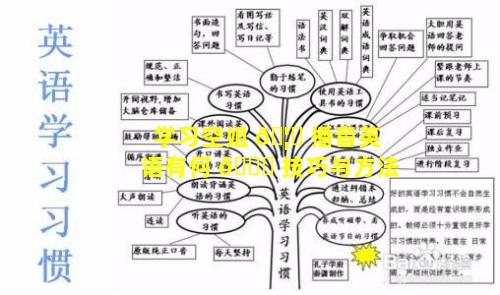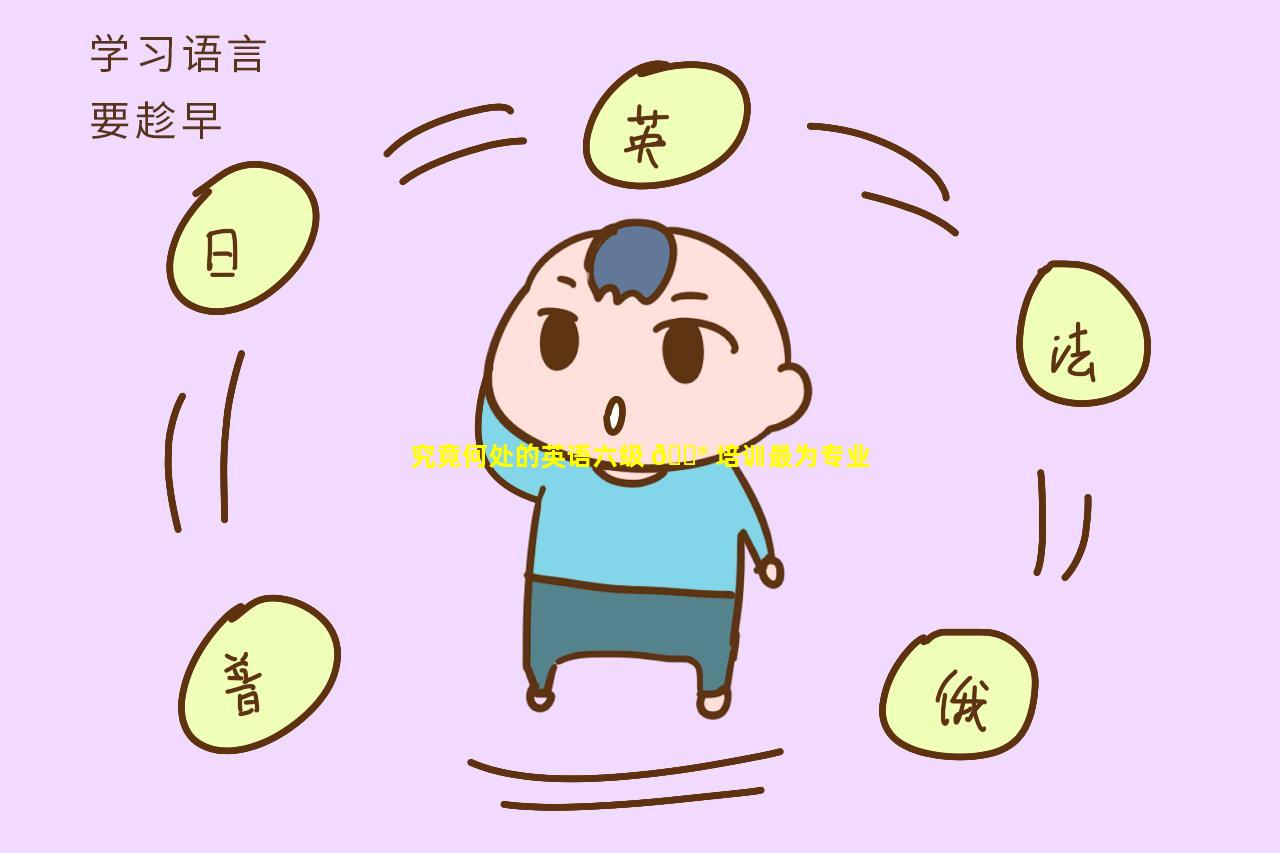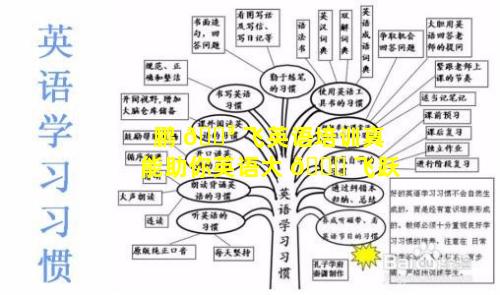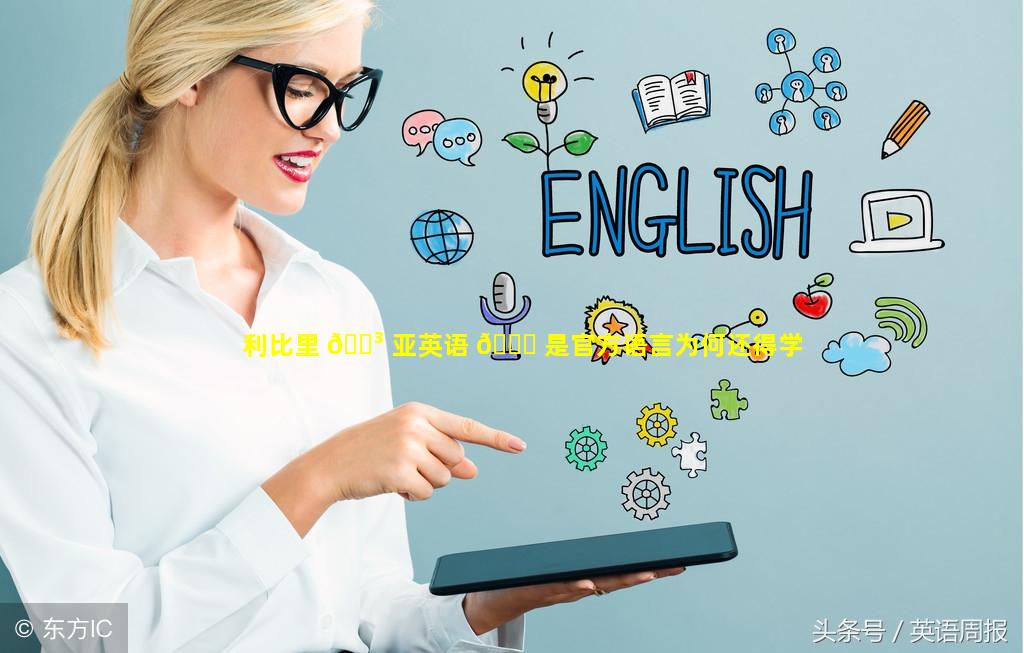英语优学计划究竟怎样提升学生水平
- 作者: 刘玺润
- 来源: 投稿
- 2024-11-17
1、英语优学计划究竟怎样提升学生水平
英语优学计划提升学生水平的途径
英语优学计划是一项旨在提高学生英语语言技能和学术能力的综合举措。该计划通过以下途径提升学生的水平:
一、强化英语基础提供强化英语语法、词汇和发音的课程。
设置语言实验室,让学生沉浸在英语环境中进行练习。
聘请英语母语教师或高水平英语教师授课。
二、培养阅读和写作能力
设立阅读俱乐部和写作工作坊,激发学生的阅读和写作兴趣。
提供丰富的阅读材料和写作指导,帮助学生提升理解力、批判性思维和表达能力。
鼓励学生参加校际阅读和写作比赛,激发他们的竞争力和成就感。
三、提升听力和口语技能
举办英语角和语言交换活动,让学生与母语人士或高水平英语学习者交流。
提供英语广播和播客材料,增强学生的听力能力。
开展口语辩论和角色扮演活动,培养学生的口语表达和临场应变能力。
四、拓展文化视野组织文化交流之旅,让学生体验英语国家的文化和风俗。
邀请英语国家的人士来校讲座,分享他们的文化和语言见解。
举办英语电影放映和戏剧表演,丰富学生的文化知识。
五、培养学习兴趣使用多媒体教学方法,如动画、视频和游戏,提高学生的学习积极性。
设计项目式学习活动,让学生在实际情境中应用英语。
为学生提供参与社区服务的英语相关机会,增强他们的交流自信。
六、评估和反馈进行定期的评估,包括考试、作业和口语测试,监测学生的进步。
提供个性化的反馈和指导,帮助学生针对自己的弱点提高水平。
鼓励学生互相学习和支持,营造协作的学习环境。
通过以上途径,英语优学计划帮助学生全面提升英语语言技能,包括阅读、写作、听力、口语、文化理解和学习兴趣。
2、英语优学计划究竟怎样提升学生水平和能力
英语优学计划提升学生水平和能力的方式
1. 语言沉浸式环境
通过全英语授课、课堂互动和课外活动营造沉浸式语言环境。
鼓励学生在课堂内外大量接触英语,提高理解力和流利度。
2. 个性化学习根据每个学生的学习风格、兴趣和目标定制教学。
使用差异化教学方法,因材施教,确保每个学生都得到充分的发展。
3. 培养批判性思维技能
课程内容强调批判性阅读、分析和写作。
通过讨论、辩论和项目,培养学生独立思考和形成自己观点的能力。
4. 加强语法和词汇
强调语法和词汇基础,通过互动练习和应用巩固知识。
利用技术和资源,提高学生对语言结构和词汇的掌握。
5. 发展跨文化能力
将英语学习与英语国家的文化和习俗联系起来。
通过文化交流活动、项目和参观,培养学生对多元文化的理解。
6. 提升学术能力
课程与核心课程相结合,增强英语在其他学科中的应用。
通过英语阅读和写作任务,提高学生在各个领域的学术能力。
7. 计算机辅助学习
利用技术整合互动学习平台、游戏化和在线资源。
提供个性化的学习体验,提高学生参与度和学习效果。
8. 教师专业发展
持续为教师提供专业发展机会,提升他们的教学技能。
鼓励教师采用创新教学方法,满足学生的需求并提高学生的参与度。
9. 评估和反馈实施多项评估措施,包括形成性和性评估。
提供及时和建设性的反馈,帮助学生识别优势和发展领域。
10. 家庭参与与家长建立合作关系,提供家庭支持,鼓励学生在家中练习英语。
鼓励家长参加学校活动,了解孩子的进步并支持他们的学习。
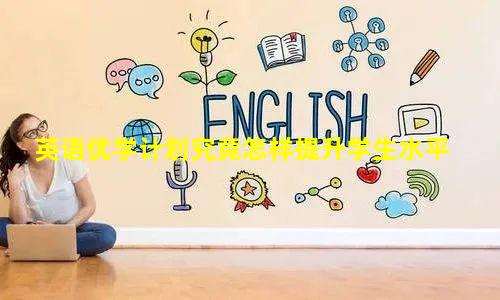
3、英语优学计划究竟怎样提升学生水平呢
英语优学计划提升学生水平的途径
英语优学计划通过以下途径提升学生水平:
1. 加强听说读写技能
提供大量的沉浸式语言环境,通过真实的文本、音频和视频材料,培养学生的听力、口语、阅读和写作能力。
采用听读结合、任务驱动等方法,提高学生的语言理解和表达能力。
强调批判性思维和问题解决能力,帮助学生培养深度理解英语语言和文化的技能。
2. 拓展词汇量和语法知识
引入丰富的词汇和语法体系,并通过反复练习和应用,巩固学生的语言基础。
教授词汇学习技巧,如词根、词缀和同义词,扩大学生的词汇量。
强调语法结构和规则的理解和应用,提高学生的语言准确度和流利度。
3. 培养文化理解
融入英语国家的文化、历史和社会背景,帮助学生了解英语使用者的思维方式和行为模式。
提供跨文化交流机会,促进学生对不同文化的理解和欣赏。
培养学生的全球意识和跨文化素养。
4. 增强学习动机和自信
通过趣味性和互动性强的学习活动,激发学生的学习兴趣。
为学生提供展示其进步和成就的机会,增强他们的学习动机。
建立一个支持性的学习环境,营造良好的学习氛围,提高学生的学习自信心。
5. 促进个性化学习
根据学生的不同需求和学习风格,提供个性化学习路径和支持。
采用先进技术,如自适应学习平台,优化学生的学习体验。
为学生提供额外的学习资源和指导,满足他们的个性化学习需求。
6. 评估和改进定期进行评估,追踪学生的进步和确定需要改进的领域。
根据评估结果调整教学方法和课程内容,确保学生得到最有效的支持。
鼓励学生自我反思和自我评估,培养他们的学习自主性和批判性思维能力。
4、英语优学1+1六年级下册答案
Unit 1 How much is it?
Warming up
1. a pair of shoes
2. a Tshirt
3. a baseball cap
4. a pencil box
5. a school bag
Reading and Writing
A. Before you read
1. Yes2. T
3. F
4. F
5. F
B. While you read
1. a baseball cap
2. 30 yuan
3. a pencil box
4. 20 yuan
5. a ruler
6. 5 yuan
C. After you read
1. Yes, it is.
2. 30 + 20 +5 = 55 yuan
3. Yes, they can.
D. Language points
1. How much are the shoes?
2. How much is the Tshirt?
3. How much is a pencil box?
4. These shoes are 30 yuan.
5. This Tshirt is 20 yuan.
6. This ruler is 5 yuan.
E. Practice
1. How much is a watch?
2. How much is a book?
3. How much is a bag?
F. Communication
Dialogue A
A: How much is the baseball cap?
B: It's 30 yuan.
A: How much is the pencil box?
B: It's 20 yuan.
A: How much is the ruler?
B: It's 5 yuan.
Dialogue B
A: How much are these shoes?
B: They are 30 yuan.
Unit 2 Let's go shopping
Warming up
1. a supermarket
2. a toy store
3. a bookstore
4. a clothing store
5. a shoe store
Reading and Writing
A. Before you read
1. Yes2. T
3. F
4. F
5. F
B. While you read
1. clothing store
2. bookstore
3. supermarket
4. toy store
5. shoe store
C. After you read
1. Yes, they are.
2. Yes, they can.
3. Yes, they do.
D. Language points
1. Where can I find a clothing store?
2. Where can I find a bookstore?
3. Where can I find a supermarket?
4. Where can I find a toy store?
5. Where can I find a shoe store?
6. I can find a clothing store near the park.
7. I can find a bookstore on the street.
8. I can find a supermarket in the city center.
9. I can find a toy store in the shopping mall.
10. I can find a shoe store in the market.
E. Practice
1. Where can I find a clothing store?
2. Where can I find a bookstore?
3. Where can I find a supermarket?
F. Communication
Dialogue A
A: Where can I find a clothing store?
B: You can find a clothing store near the park.
A: Where can I find a bookstore?
B: You can find a bookstore on the street.
A: Where can I find a supermarket?
B: You can find a supermarket in the city center.
Dialogue B
A: Where can I find a toy store?
B: You can find a toy store in the shopping mall.
A: Where can I find a shoe store?
B: You can find a shoe store in the market.
Unit 3 What time is it?
Warming up
1. a clock
2. a watch
3. a timer
4. a stopwatch
5. an alarm clock
Reading and Writing
A. Before you read
1. Yes2. T
3. F
4. F
5. F
B. While you read
1. 8:002. 10:00
3. 12:00
4. 2:00
5. 4:00
C. After you read
1. Yes, they do.
2. Yes, they can.
3. Yes, they are.
D. Language points
1. What time is it?
2. It's 8:00.
3. What time is it now?
4. It's 10:00 now.
5. What time is it on the clock?
6. It's 12:00 on the clock.
7. What time is it on your watch?
8. It's 2:00 on my watch.
9. What time is it on the timer?
10. It's 4:00 on the timer.
E. Practice
1. What time is it?
2. What time is it now?
3. What time is it on the clock?
F. Communication
Dialogue A
A: What time is it

